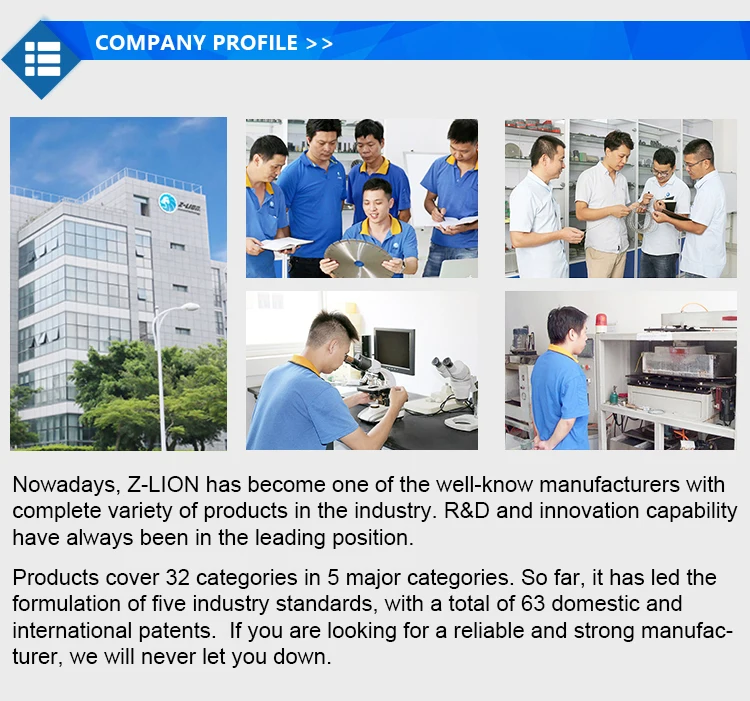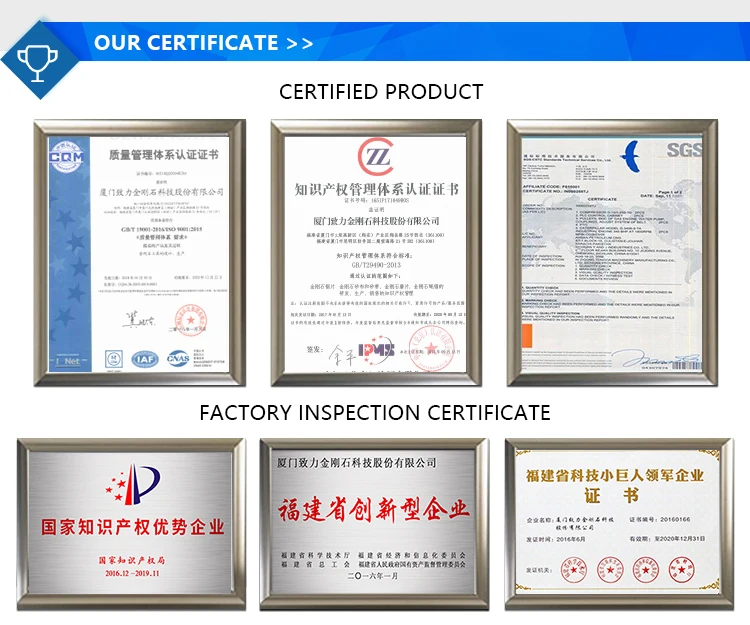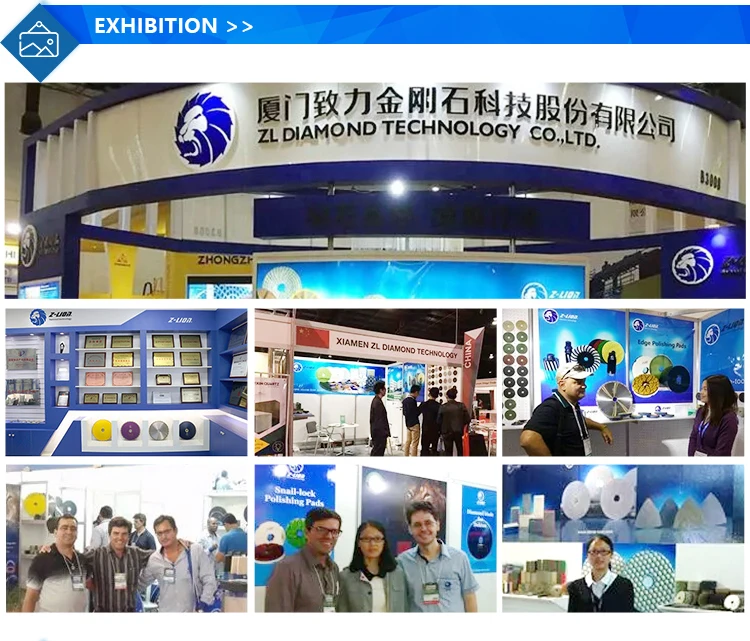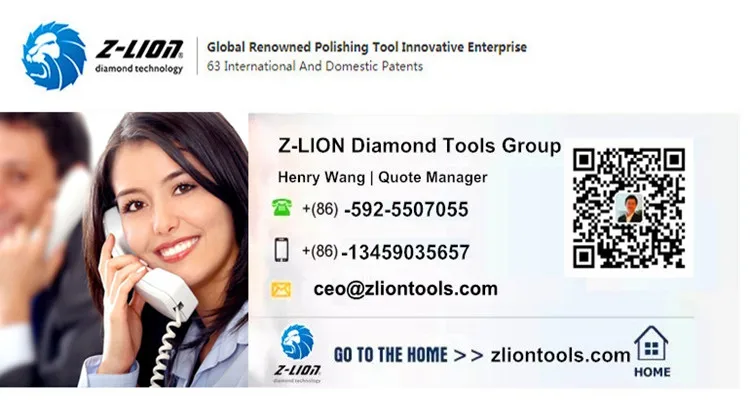Core Tip: Common diamond tool metal powders are copper powder, iron powder, cobalt powder, nickel powder, tin powder, tungsten powder and tungsten carbide. Different powders have different characteristics for the wear resistance of the carcass. Understanding the different powder properties is a must for manufacturing diamond tools.
First, common metal powder and characteristics
(A) Copper powder: prepared by electrolysis, the particle shape is dendritic, rose red, the color is dark after oxidation, and becomes black powder when it is severe. As a binder material, the main advantages of copper powder are: electrolytic copper powder has good moldability and is widely used for sintering after cold forming; pure copper has good compatibility with carbide and skeleton materials, such as W, WC; Alloys with excellent properties such as Sn, Zn, Mn, Ni, Ti, etc., are much cheaper than cobalt powder.
Copper powder diamond tool

(B) Iron powder: There are reduced iron powder, electrolytic iron powder and carbonyl iron powder. As the name suggests, the reduced iron powder is prepared by the reduction method, electrolytic iron powder electrolysis method is adopted, and the carbonyl iron powder is prepared by thermally dissociating the carbonyl compound. As a binder material, the advantages of iron powder are: low price, good wettability with diamond; good compatibility with matrix material (WC); mild etching of iron to diamond at a certain temperature is not Losing the strength of the diamond will increase the holding power of the diamond in the carcass. The etching effect is essentially a process in which carbon atoms in the diamond dissolve into and diffuse into the iron, and the structure and strength of the diamond do not change.
(C) Cobalt powder: irregular sponge shape, prepared by reduction method, as a binder, its comprehensive performance is the best. It is an excellent binder material, which is used in many developed countries. Its main advantages are: excellent formability and sinterability; it can improve the bending strength of the carcass; and the adhesion of diamond is large. Good wettability; good toughness and self-sharpness of the carcass. Due to the high price, there are many researches on iron-based cobalt in China. The selection of suitable powder and reasonable sintering process can obtain similar properties of cobalt-based binder.
Cobalt powder diamond tool synthetic powder

The disadvantage of cobalt is that it is expensive; the bulk density is too small, which is easy to cause feeding difficulties. In addition, the width and height of the press-grinding tool are increased, and the height of the hot-pressing die of the hand-filling material is increased, thereby increasing the cost of the mold.
(D) Nickel powder: Irregular dendritic, prepared by electrolysis. Advantages: It is suitable for making tools under heavy load with excellent toughness; it can reduce the sintering loss of iron-copper matrix (copper-nickel infinite mutual solubility); nickel can be combined with iron and cobalt to obtain satisfactory comprehensive performance. Such as small deformation and moderate wear resistance. Approach or achieve the properties of a cobalt-based carcass.
(E) Tin powder: the particles are in the form of drops, grayish white powder, easy to oxidize, yellow after oxidation, and prepared by atomization. The role of tin powder in the binder is to improve the sinterability of the carcass (lower melting point); easy to form intermetallic compounds, which can improve the wear performance and deformability; suitable for addition to the press-formed carcass, after sintering and melting Capillary phenomenon causes the carcass to shrink, thereby increasing the compactness of the carcass; reducing the surface tension of the liquid alloy and improving the wettability of the alloy to diamond. The disadvantage is that too much is added, which is easy to cause loss.
(F) Tungsten powder: blue-black, micron-sized powder, prepared by reduction method. Tungsten has good compatibility with copper, iron, cobalt and nickel. WC is formed on the diamond surface during sintering, but the diamond surface does not graphitize. Increase the wear resistance of the carcass and reduce deformation; as a skeleton material, the wear resistance is not as good as WC, but the toughness of the carcass can be increased. The disadvantage is that the porosity of the sintered compact is large, and the temperature and pressure must be increased to increase the density of sintering.
(G) Tungsten carbide: black, no mechanical inclusions, porous sponge, reduced by reduction. It is necessary to test the impurity sulfur content, and sulfur easily causes the sintered section to be black (sulphide is formed during sintering), which greatly reduces the strength of the cutter head. Tungsten and tungsten carbide are mainly added to the carcass as a skeleton material to improve the wear resistance of the carcass. If the content is too high, the brittleness of the carcass is increased.
Tungsten carbide particles

Two: introduction of diamond tool powder
Fe is cheap and has good wettability and holding power for diamond. It is the most basic material used in diamond tools, and the consumption of other non-ferrous metal powders used in conjunction with it is considerable. Recently, the prices of non-ferrous metals have been rising steadily, especially the prices of Cu, Sn and Ni have risen sharply, resulting in a significant increase in the cost of diamond products. However, the price of products cannot be increased simultaneously with the price of raw materials, which brings to tool manufacturers. Huge cost pressures, especially for large-scale manufacturers, are more stressful to production costs. Therefore, the search for a technical and economic approach to effectively reduce production costs is an important issue for tool manufacturers.
As we all know, Co is currently the best combination of various types of metals, but because of its high price, people are constantly looking for low-co or no-Co technology to reduce production costs. At present, in addition to the high proportion of Co application in high-grade engineering thin-walled drills, the proportion of Co in other types of diamond tools is decreasing, but the application ratio of Cu, Sn and Ni is still high, especially the price increase of Ni is higher. Large, greatly increased the production cost of diamond tools.
Therefore, how to reduce the proportion of Ni application to reduce production costs is also a realistic issue for people. The FeNi30 alloy powder prepared by the water atomization method has good comprehensive performance, and the price is only less than half of the elemental Ni powder, and a certain proportion of the elemental Ni powder can be replaced in some diamond tool products, thereby reducing the production cost.
Due to the good comprehensive performance of Ni, different proportions of Ni are usually added to the granite and cement saw blades to improve the fluidity and uniformity of the low melting point material, improve the uniformity of the sintered carcass, the degree of densification, the hardness of the sintering, Sintering strength, toughness and wear resistance. The coefficient of linear expansion of Ni is 13.5×10-6J/°C, which is smaller than Cu, slightly larger than Fe and Co, and not much different from diamond. At 1550°C, the wetting angle of liquid Ni to diamond is 57, which is inferior to Fe. However, it is better than Co, and the adhesion work on the graphite surface is 270.4×10-6 J/cm 2 , which is higher than Co and lower than Fe. When the liquid Ni reaches a certain amount, a very thin and evenly spread Ni film can be formed on the surface of the diamond or carbon fiber, and the adhesion work is large, which indicates that the adhesion to the diamond surface is large. Cu and Ni can be infinitely miscible, and Ni can be used for solid solution strengthening. As an effective surface active material, adding a small amount of Ni can improve the wettability of Cu to diamond, promote the densification process of sintered carcass, and strengthen the matrix pair. The mechanical strength of the diamond is applied to enhance the sharpness and service life of the tool.

-All diamond tools can be ordered and fabricated!
- Henry Wang | Quote Manager
Henry Wang | Quote Manager
-WhatsApp:+86-13459035657
-Email: ceo@zdiamondtools.com
-Web www.zdiamondtools.com
Company Profile

Certifications

Company Team

Exhibition

Logistics

FAQ
















